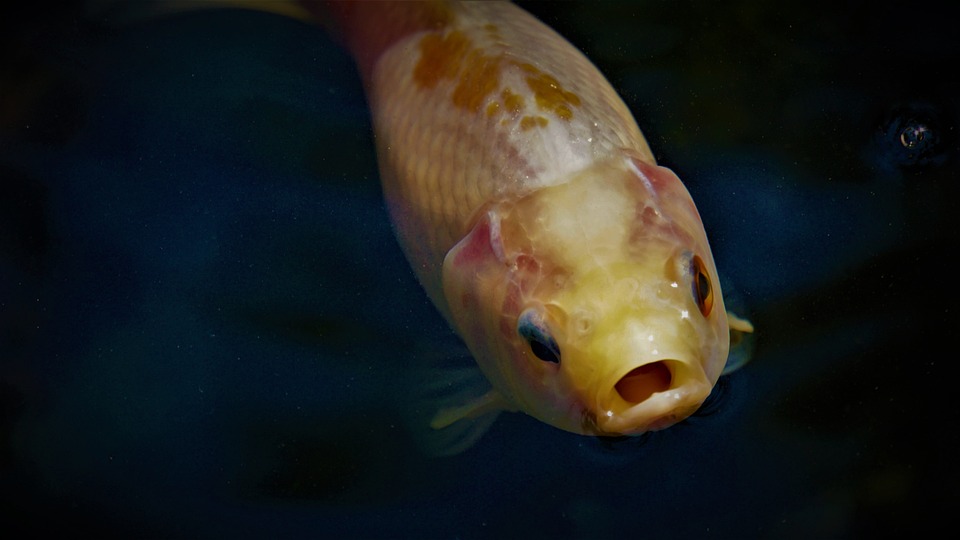Fish tank nitrite toxicity can be a serious threat to the health and well-being of your aquatic pets. Understanding the causes, symptoms, and dangers of nitrite toxicity is crucial in order to effectively manage and prevent it. This comprehensive guide will provide you with the knowledge and strategies necessary for maintaining a healthy fish tank environment.
Nitrite toxicity occurs when the levels of nitrite in a fish tank become too high. Nitrite is a byproduct of the nitrogen cycle, which is the process of converting ammonia to nitrite and then to nitrate. In a well-maintained tank, the beneficial bacteria present in the biological filter convert ammonia to nitrite, and then another type of beneficial bacteria convert nitrite to nitrate, which is less harmful to fish. However, if there is an imbalance in the nitrogen cycle or poor tank maintenance, nitrite can accumulate to toxic levels.
There are several causes of nitrite toxicity. Overcrowding and excessive fish waste can lead to an increase in ammonia production, overwhelming the biological filter’s ability to convert it to nitrite. Overfeeding and poor tank maintenance practices can also contribute to nitrite toxicity by increasing the organic load in the tank. Additionally, new tank syndrome, which occurs when a tank has not been properly cycled before introducing fish, can result in a spike in nitrite levels.
The symptoms of nitrite toxicity in fish are varied and can include labored breathing and increased gill movement, fish gasping at the water surface, lethargy, loss of appetite, and stress. Red or purple gills, behavioral changes, and increased susceptibility to diseases are also common signs. Nitrite toxicity can have serious consequences, including damage to the fish’s respiratory and circulatory systems, as well as their tissues and organs. It can also weaken the fish’s immune response, increase stress levels, and potentially lead to fatalities if left untreated.
To prevent and manage nitrite toxicity, it is important to implement proactive strategies. Regular tank maintenance and monitoring, including testing water for nitrite levels, maintaining appropriate pH and temperature, conducting partial water changes, and properly cycling the tank before introducing fish are essential. Controlling fish population and feeding habits, as well as enhancing biological filtration by introducing beneficial bacteria and using biological filter media, can also help prevent nitrite toxicity. Providing a healthy fish environment, including suitable tank decor and lighting, as well as establishing a routine for tank maintenance, is also crucial.
In the FAQs section, common concerns about nitrite toxicity are addressed. Questions such as how often to test nitrite levels, the use of chemical treatments to lower nitrite levels, and the duration and steps to cycle a fish tank are answered. The impact of nitrite toxicity on other aquatic organisms, signs of insufficient tank cycling, the lethality of nitrite toxicity to different fish species, and its effects on fish breeding are also addressed. Additionally, the possibility of nitrite toxicity being reversible and the availability of natural methods for reducing nitrite levels are discussed.
In conclusion, managing and preventing fish tank nitrite toxicity is essential for the health and well-being of your aquatic pets. Implementing the strategies outlined in this comprehensive guide, including regular tank maintenance and monitoring, controlling fish population and feeding habits, enhancing biological filtration, and promoting a healthy fish environment, is crucial. Ongoing monitoring and maintenance are key to ensuring a healthy fish tank environment and preventing the dangers of nitrite toxicity.









